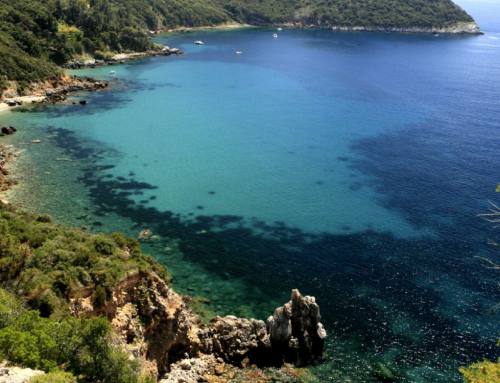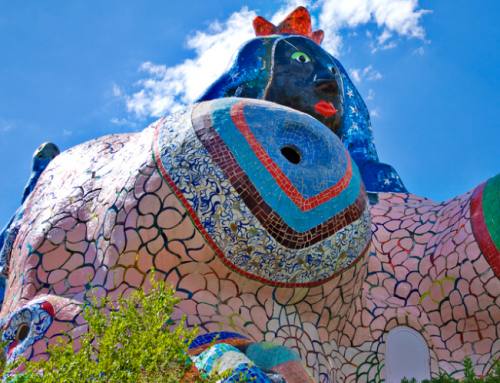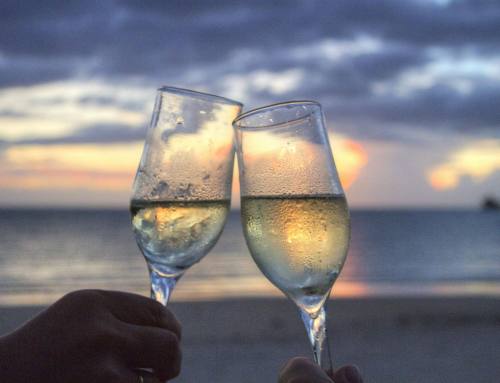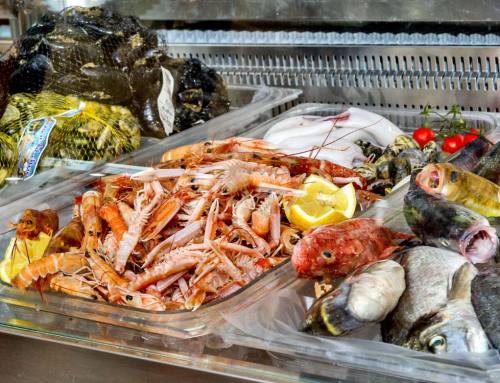Project Description
The Diaccia Botrona nature reserve and the Casa Rossa Ximenes
In Castiglione della Pescaia across Ponte Giorgini and follow signs for the Casa Ximenes along the banks of the River Bruna for around 2 km to the end of the road, we can find the entrance square to the Diaccia Botrona nature reserve. The first information board tells that Diaccia Botrona is all that remains of the ancient Lake Prile, which used to cover an area of 50m2. After the seventeenth century reclamation works by Grand Duke Leopold of Lorraine, the water was drained for the development of canebrakes, Limonium, rushes and many other types of plants.
This particular building is a very large sluice gate that towers over the main canal leading from the wetlands and was used to regulate the flow of fresh water with that of salt water. A small staircase leads to the first floor, with a good view of the sluice gates as well as the various touch screens linked directly to cameras positioned throughout the reserve. By using a joysticks and zooming the cameras you can witness a wildlife scene without frightening anyone from the comfortable of your own seat.
The front windows offered a wonderful panorama: the town of Castiglione della Pescaia on its promontory of over 50 metres, the blue sea sparkling in the sun and a vast mass of colours. Looking towards the east, near the island of Clodia I catch a glimpse of a pink spot of colour on the horizon.
Today Diaccia Botrona is an important wetland, a marshy area of land with unique characteristics of international importance. As a matter of fact, many species of plants and animals can be found here. The access to the protected area is free and with a good telescope and a pair of Wellingtons you can observe different species of birds, such as hawks, herons, wild geese and ducks, but even various mammals such as foxes, badgers, hedgehogs and porcupines, or reptiles such as tortoises, tree frogs and grass snakes. In addition, Diaccia Botrona is one of the few areas in Italy where flamingos live.
Within the nature reserve, near Castiglione della Pescaia, there is a modern multimedia museum set in the Casa Rossa, “The Red House”, commissioned by Grand Duke Pietro Leopoldo in 1765 to engineer and mathematician Leonardo Ximenes. The building was projected as a big hydraulic damper, so that the lake didn’t have to be drained completely. The museum is a great observation point, as well as a center for information and research.
Diaccia Botrona is a precious gem of the beautiful treasure in Maremma Tuscany and really deserves being visited.






